The Ultimate Guide to Conical Fermentation Vessels
Conical fermentation vessels (CFVs) are a cornerstone of modern brewing, offering a sleek combination of efficiency, precision, and flexibility. These vessels, distinguished by their cone-shaped bottoms, have become the go-to equipment for homebrewers, craft brewers, and large-scale operations. Let’s dive into everything you need to know about CFVs, from their advantages to their maintenance, so you can make an informed decision for your brewing needs.
Overview of Conical Fermentation Vessels
A conical fermentation vessel is a specialized tank used in the brewing process to ferment beer, cider, or other beverages. Its primary feature—a conical-shaped bottom—allows for efficient sediment separation. This design simplifies processes like yeast collection and trub removal, which are critical for brewing high-quality beverages. Made from materials like stainless steel or plastic, CFVs come in various sizes to cater to hobbyists and industrial brewers alike.
With their ability to streamline the brewing process, improve sanitation, and facilitate better control over fermentation, conical fermenters have become essential in modern brewing. But why are they so popular? Let’s explore their unique advantages.
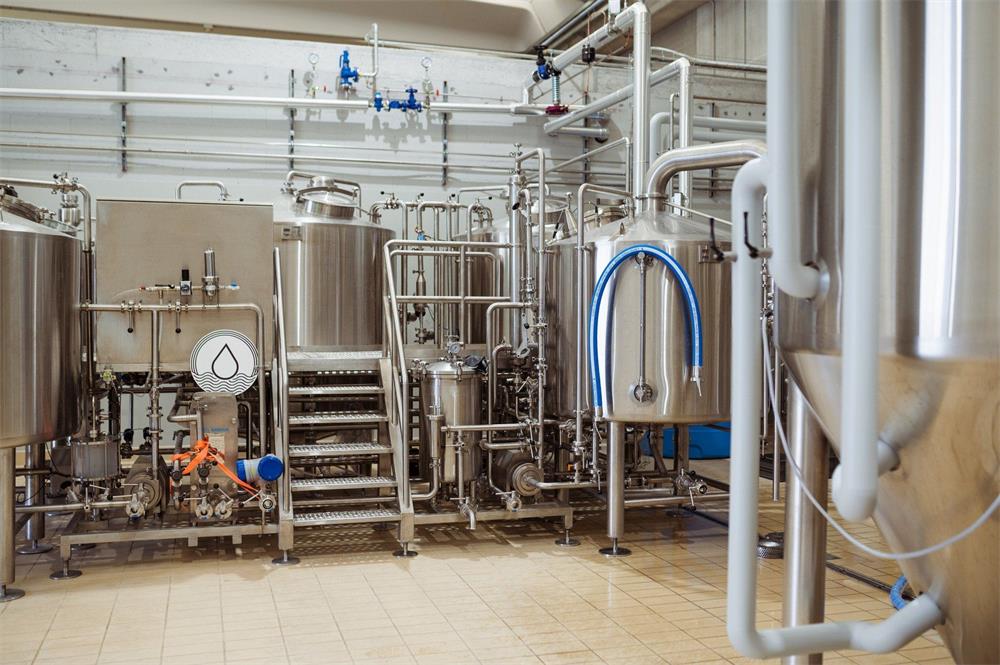
Advantages of Conical Fermentation Vessels
Efficient Sediment Removal
The cone-shaped design allows gravity to pull sediment, trub, and yeast to the bottom of the tank. This makes it easy to remove unwanted material without disturbing the rest of the brew.
Ease of Yeast Harvesting
The collected yeast can be easily harvested for reuse, saving costs and ensuring consistent results across batches. This is particularly beneficial for craft breweries that prioritize sustainability and flavor consistency.
Improved Sanitation
Compared to flat-bottomed fermenters, CFVs minimize the risk of contamination by providing fewer nooks and crannies for bacteria and other microbes to hide.
Enhanced Fermentation Control
CFVs often come with integrated temperature controls, allowing brewers to maintain optimal conditions for fermentation. Precision is key in crafting complex flavors, and these vessels deliver.
Scalability and Versatility
From 5-gallon homebrew setups to 1,000-gallon industrial tanks, CFVs are available in sizes and configurations to suit every need.
The Brewing Process with Conical Fermentation Vessels
Using a CFV enhances the brewing process by simplifying critical steps:
- Primary Fermentation: After pitching yeast into the wort, the fermentation begins. The CFV’s airtight design ensures consistent results by maintaining stable temperatures and preventing contamination.
- Sediment Collection: As fermentation progresses, solids like trub and yeast settle into the cone. This material can be removed via a bottom valve without disturbing the beer above.
- Secondary Fermentation or Clarification: Some brewers opt to transfer the beer to another vessel for secondary fermentation. However, many find that CFVs’ design negates the need for this step, streamlining the process.
- Harvesting Yeast: The collected yeast can be reused in subsequent batches, reducing waste and costs.
- Packaging: Once fermentation is complete, the beer can be directly transferred to kegs or bottles, minimizing exposure to air and contaminants.
Troubleshooting Common Issues with Beer Fermenters
Inconsistent Fermentation
Inconsistent results often stem from poor temperature control. Investing in a CFV with integrated temperature management can resolve this issue.
Leaks
Ensure all gaskets, seals, and valves are properly installed and maintained. Regular inspections can prevent leaks and preserve the integrity of your brew.
Clogged Valves
Trub and sediment can block valves if not properly managed. Regular cleaning and careful operation during sediment removal can mitigate this problem.
Contamination
Improper cleaning or sanitizing practices can lead to bacterial contamination. Use high-quality sanitizers and ensure all parts of the CFV are thoroughly cleaned before and after use.
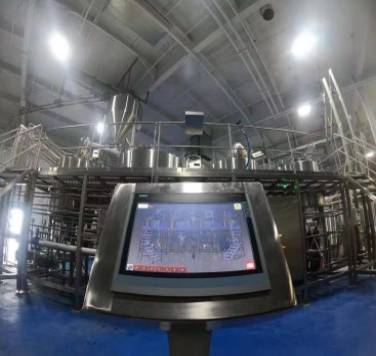


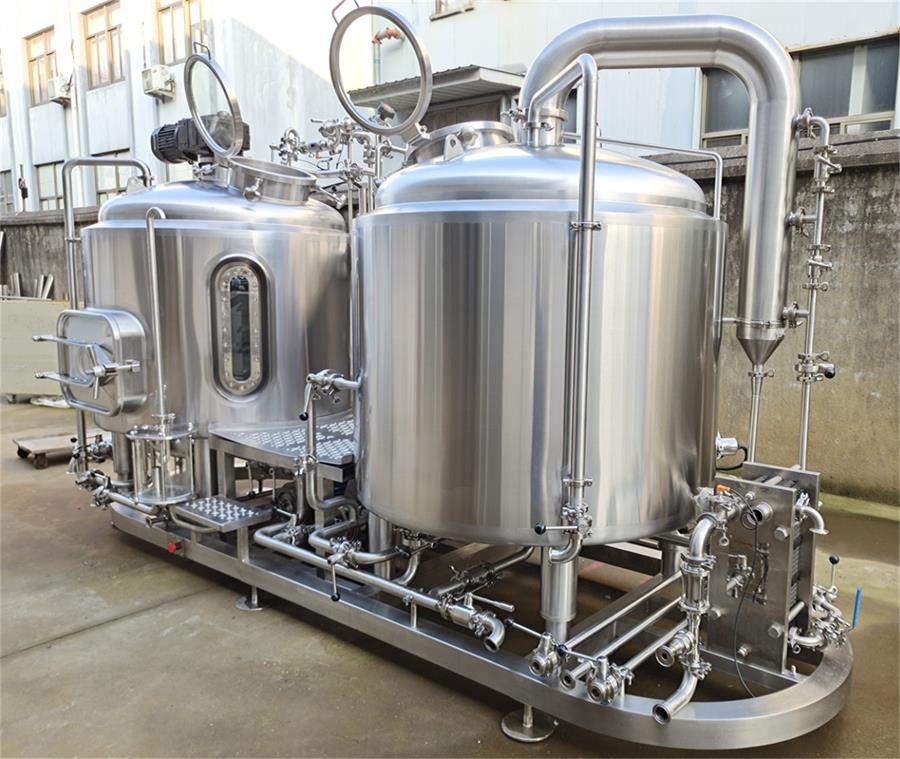
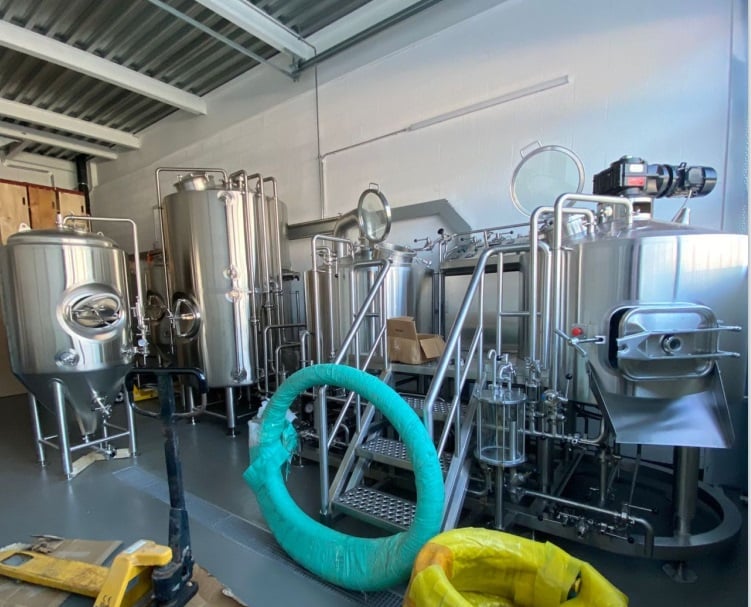
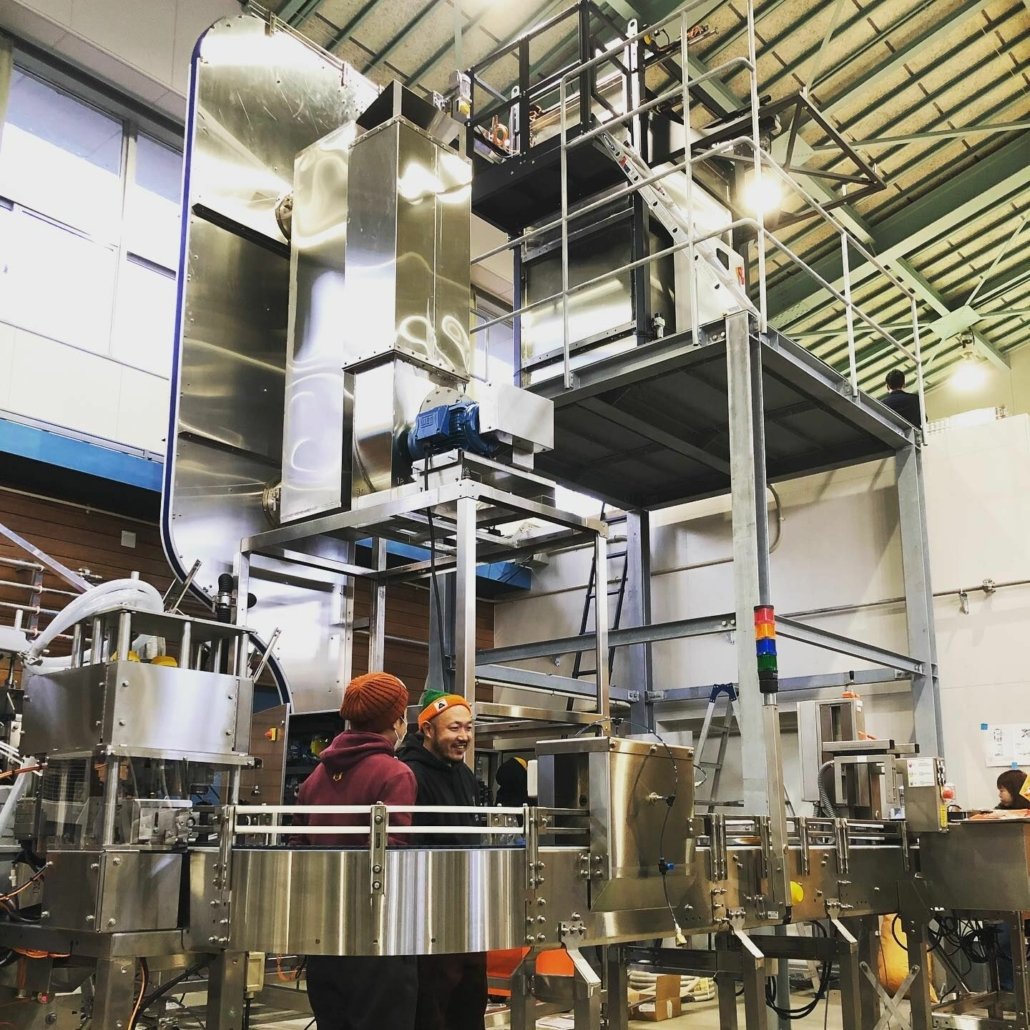
Comparing Conical Fermentation Vessels
Capacity, Space, Design, and Customization
| Parameter | Details |
|---|---|
| Capacity | Ranges from 5 gallons (homebrewing) to 1,000+ gallons (commercial brewing). |
| Space | Compact designs available for small spaces; larger setups for breweries. |
| Design | Features include cone angles, multiple ports, and integrated cooling. |
| Customization | Options for material, size, valve placement, and additional features. |
Suppliers and Price Ranges
| Supplier | Price Range | Special Features |
|---|---|---|
| Brand A | $300 – $1,000 | Affordable homebrew options with basic features. |
| Brand B | $1,000 – $5,000 | Mid-tier with temperature control and better durability. |
| Brand C | $5,000+ | Industrial-grade with advanced automation capabilities. |
Installation, Operation, and Maintenance
| Aspect | Details |
|---|---|
| Installation | Requires level surface, appropriate connections for cooling and aeration. |
| Operation | Includes temperature monitoring, yeast pitching, and regular valve management. |
| Maintenance | Regular cleaning, gasket checks, and valve lubrication ensure long-term use. |
How to Choose the Right Supplier
| Criteria | Details |
|---|---|
| Reputation | Look for reviews and testimonials from other brewers. |
| Customization | Ensure the supplier can tailor features to your needs. |
| Support | Check for warranty, customer service, and replacement part availability. |
| Price | Balance cost with quality; cheaper isn’t always better. |
Pros and Cons: Conical Fermentation Vessels vs. Alternatives
| Aspect | Conical Fermenters | Alternatives |
|---|---|---|
| Advantages | Efficient sediment removal, better sanitation. | Lower cost, simpler setup. |
| Disadvantages | Higher upfront cost, more complex maintenance. | Limited functionality, higher contamination risk. |
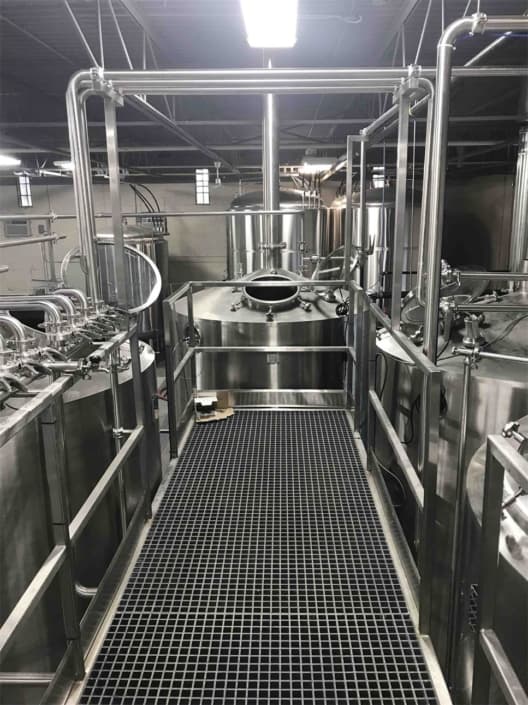
How to Clean Conical Fermentation Vessels
Cleaning your CFV is crucial for brewing success. Follow these steps for optimal results:
- Pre-Rinse: Use warm water to rinse out residual beer and debris.
- Apply Cleaner: Use a non-abrasive brewing cleaner, ensuring it reaches all surfaces, including the cone and valves.
- Scrub Gently: For stubborn residues, use a soft brush or sponge.
- Sanitize: Apply a food-grade sanitizer to eliminate bacteria.
- Rinse Thoroughly: Ensure no cleaner or sanitizer residue remains.
- Inspect: Check valves, gaskets, and seals for wear and replace as needed.
FAQ
| Question | Answer |
|---|---|
| What is a conical fermentation vessel? | A tank with a cone-shaped bottom used for brewing beer and other beverages. |
| Why are they better than traditional fermenters? | They offer improved sanitation, sediment removal, and yeast harvesting. |
| Are they suitable for homebrewing? | Yes, many models cater specifically to small-scale homebrewers. |
| How do I clean one? | Follow a multi-step process: rinse, clean, scrub, sanitize, and inspect. |
| What materials are they made of? | Typically stainless steel, but plastic options are also available. |
Share this entry
Interested in learning more about Brewing Systems including additional details and pricing information? Please use the form below to contact us!
YOLONG BREWERY EQUIPMENT FAQS
- Commercial Brewery / Craft Brewery / Microbrewery / Nanobrewery
- What is The Difference Between Craft Beer and Industrial Beer?
- The Bespoke Differences In Custom Brewing Systems
- Everything You Need to Know About Kettle Souring
- How to Choose Brewing Equipment for Your business?
- How To Choose The-Best Partner To Build Your Commercial Microbrewing System?
- Two Detection Sensors That You Need To Use In Your Brewhouse System
- Remote Control Applications in Brewing Equipment/How does it work?
- How To Clean Your Brand New Brewery Tanks?
